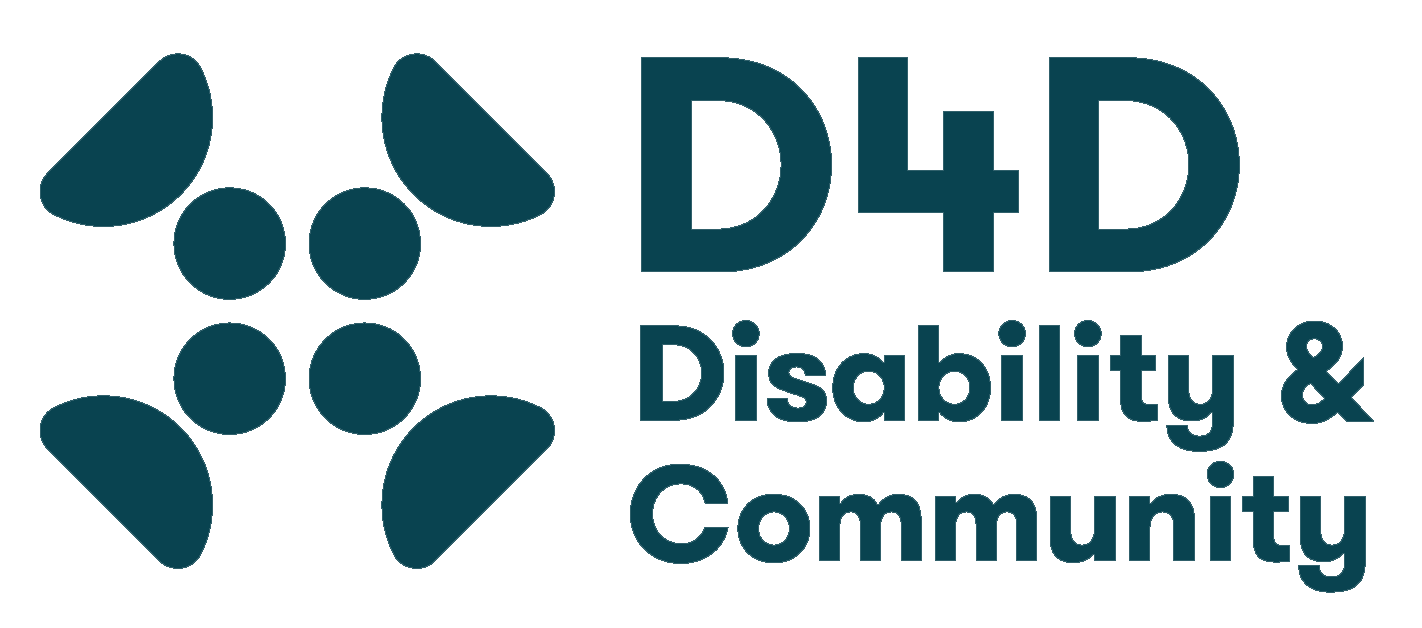
Nuffield Council on Bioethics logo
On a hot Monday in July, I grab my notepad and Dictaphone and head off to London to attend a conference. The conference is hosted by the Nuffield Council on Bioethics who have, after 20 months of research, released a report entitled ‘Genome editing and human reproduction: social and ethical issues’.
My taxi driver is impressed when I tell him.
“It’s good though, isn’t it?” he asks when I say I have reservations. “I mean everyone talking to each other now, like internationally.” He nods sagely over the noise of blaring London traffic. “The poor people with Downes and that. It’s good if that can be cured. Can they cure, you know, like what you have?”.
He means my visual impairment which is indeed one of the genetic diseases on the list for possible future CRISPR Cas9 [1] gene-editing.
I change the subject already feeling out of my depth.
“How was Trump’s visit?” I ask and wait for the pithy monologue.
At the venue, everyone seems to know everyone else. There is an air of excitement and energy and much bonhomie; greetings, laughter, claps on shoulders. I feel a little hesitant and mildly fraudulent – the last time I studied genetics involved fruit-flies in fifth form. I try to wing it by mimicking the intense long distance gaze of a learned litterateur but fail hugely by coming out of the loo with my skirt tucked into the back of my knickers. Thankfully, the team administrator, J, takes me in hand and I am sorted with coffee, biscuits and a seat near the front of the auditorium; possibly to keep me out of trouble. I ask for large print materials, but there are none, although there is a loop system for people with hearing aids.
The day is split into four sections.
The welcome and introduction by David Archard, the Chair of the Nuffield Council on Bioethics, is quickly followed by a concise and very useful overview of the 96- page report by Karen Yeung, the Chair of the working group. She guides us adeptly through the background to the report, the key considerations and conclusions. She begins by reminding us that genome editing for reproductive purposes is still not available in the UK and is, in fact, illegal here and in many other countries. This inquiry was instigated because of the pace of the emerging technologies (i.e. CRISPR Cas 9) and the need to explore the ‘what if’s. The working group behind the report was multidisciplinary and comprised experts in biology, human reproduction, genome editing, law and ethics. They invited contributions from a wide range of people, ‘…including through an open call for evidence, an online questionnaire, research interviews, fact finding meetings and panel interviews. ‘
After 20 months, the key findings from the inquiry are as follows:
We conclude that the potential use of heritable genome editing interventions to influence the characteristics of future generations could be ethically acceptable in some circumstances, as long as: –
It is intended to secure and is consistent with, the welfare of a person who may be born as a consequence of interventions using genome edited cells; and…
It is consistent with social justice and solidarity i.e. it should not be expected to increase disadvantage, discrimination or division in society.
These conclusions are backed by a set of recommendations which can be viewed in full in the report linked below. There are questions, mostly deflected by the repeated phrase, ‘…see page x of the full report for more detail.’ Not many in the audience have had time to look at the full report yet so they nod and take page references.
The next part of the morning consists of two consecutive panels; the first. potential applications of genome editing in human reproduction, and the second; ethical considerations. Both the panels give us a more in-depth dissection of the current situation. I find myself scribbling notes on molecular scissors, somatic cell therapy, re-transfusion, germlines, IVF, risk to benefit ratios and more but what sticks in mind is a slide that geneticist, Helen O’Neill, uses as an analogy: a blurred photo of a man running a race. Things are changing so rapidly she is saying, that it is hard to get a clear and fully focussed perspective.
Another salient point raised by Allan Thornhill from Igenomix International, is the complications behind the funding of research or ‘what moves the needle’. Given there is already financial inequity when it comes to IVF [2] and PGD and the choice to go private, would the emerging technologies widen the gap between those that can afford treatments and those who cannot. There were also still viable options for parents including adoption, egg and sperm donation etc. These must be given consideration.
When it comes to the ethical considerations we are taken carefully through the inquiry’s holistic approach by Jackie Leach Scully from PEALS, with added discussion from Peter Dabrock, ethicist from Friedrick-Alexander Universitat, and Prof Charis Thompson, sociologist. What is meant by a ‘good’ life? What of prospective parents, the welfare of the child, the effects on diversity, changing attitudes to disabled people, inequitable access and social divisions? What is ‘free’ choice? There is also the first mention of eugenics and it is pointed out by Charis that egg and sperm donation is done on a purely eugenic selection procedure. She also mentions other challenges including the recent history and current situations where children are removed from parents, where there has and may still be state sponsored ‘breeding’ programmes, and the problematic tension between ‘disease’ and ‘enhancement’ is a social and cultural as well as person setting.
The report itself comes to the following conclusion.
‘Ethical Principles: taking all these findings together, we conclude that the potential use of genome editing to influence the characteristics of future generations could be ethically acceptable in some circumstances but only if certain conditions are met:
We propose two ethical principles to guide the development and application of heritable genome editing interventions.
The use of heritable genome editing interventions should be intended to secure, and be consistent with, the welfare of the person who may be born as a consequence of interventions using genome edited cells.
The use of heritable genome editing interventions should be consistent with social justice and solidarity so that it should not be expected to increase disadvantage, discrimination, or division in society.’
Someone asks the question, has the disadvantage, discrimination or division in society already been researched with regard to PGD? The answer is no and therefore there is no clear evidence or not of hostility to disabled people or a general change in social attitudes.
Lunch is running late and there are no holds barred in the buffet queue. An elegant man in a suit nearly knocks me down in his determination to squewer a cocktail sausage. With a white cane and an obvious sight impairment I seem to create a bit of tension at the standing table I join to eat my sandwich. One of the two tall scientists appears irritated and gets more so when I mention I am working as a researcher on a project around disability and community.
“It’s not the scientists pushing the pre-natal testing agenda” she says defensively, although I don’t remember implying that it was. “It’s not us,” she repeats and when I look up from my falafel she has stomped off.
The afternoon begins with two parallel sessions and I attend the role of societal debate on genome editing in shaping governance. The panel comprises Julian Hitchcock, lawyer, Simon Burrall from Involve, and Jack Stilgoe senior lecturer in social studies of science, UCL. Terminology and acronyms fly thick and fast now and I am tiring, finding it hard to keep focused. Julian mentions ‘statutory fossilisation’ when old legislation becomes outdated and potentially dangerous or simply inhibiting of progress. Simon says we must encourage informed public debate or they, the public, will reject the research due to misinformation or fear. A question is asked – what if the public has an informed debate and still rejects the new technology?’ (There seems to be more than a mild distrust of ‘the public’ in the audience, I notice.) Simon simply says that if the public are well informed and still reject the technology – they probably will have good reason.
The report has recommended that ‘an independent body or commission should be established to promote and co-ordinate societal debate on genome editing and related areas of scientific and technological development.’ The panel discusses questions about legislation, who would be funding this body and where would it be situated. There is as yet no decision on this.
Jack discusses power and priorities and the question of who benefits. He has developed a framework for responsible innovation; ‘anticipate, reflect, engage and act’. Debate and dissent must be accepted along with the fact that there may not always be a consensus. (He also lists several interesting books and refers to the participatory design models that Praminda showed us in her presentation at the team meeting.)
One of the audience mentions the Citizens Assembly around the Irish Abortion Debate earlier this year as a possible public debating model.
Another leg stretch and coffee break where I find a couple of friendly faces and end up talking about guide dogs and breeding (don’t ask!). Unfortunately, as the conference has run over time, I must leave the final panel question session to catch a train. I had noted various questions over the day after each panel and am aware several of the same ones will come up again and list a few topics here.
- The media and misinformation: the ‘designer’ baby issue.
- Research funding and who ‘moves the needle’
- The idea of an ‘independent’ body to oversee the issues.
- Financial inequity for parents i.e. if this is not available through the NHS should it remain inaccessible for everyone?
- What if people born via gene editing refuse to continue to be research subjects?
- Slippery slopes and ‘enhancement’
- Regulation; who, when and where?
It is the administrator J, who kindly helps me by hailing down a cab. As we wait in the street we chat about the day. I feel more relaxed away from the venue and, with J, can drop my guard. I confess to her I felt like an outsider all day, unsure where my own voice would be heard in the genetic conversation and she nods with understanding, The energy at the conference was high, fierce even, and caught everyone up like a bush fire but what if the wind changes and we burn our own houses down? Is this all already a fait accompli and did I just witness a gate to an unknown future being cracked open regardless of what may lie beyond?
Link to the full report:
http://nuffieldbioethics.org/project/genome-editing-human-reproduction
[1] Clustered Regularly Interspaced Short Palindromic Repeats
[2] In Vitro Fertilization and Preimplantation Genetic Diagnosis
